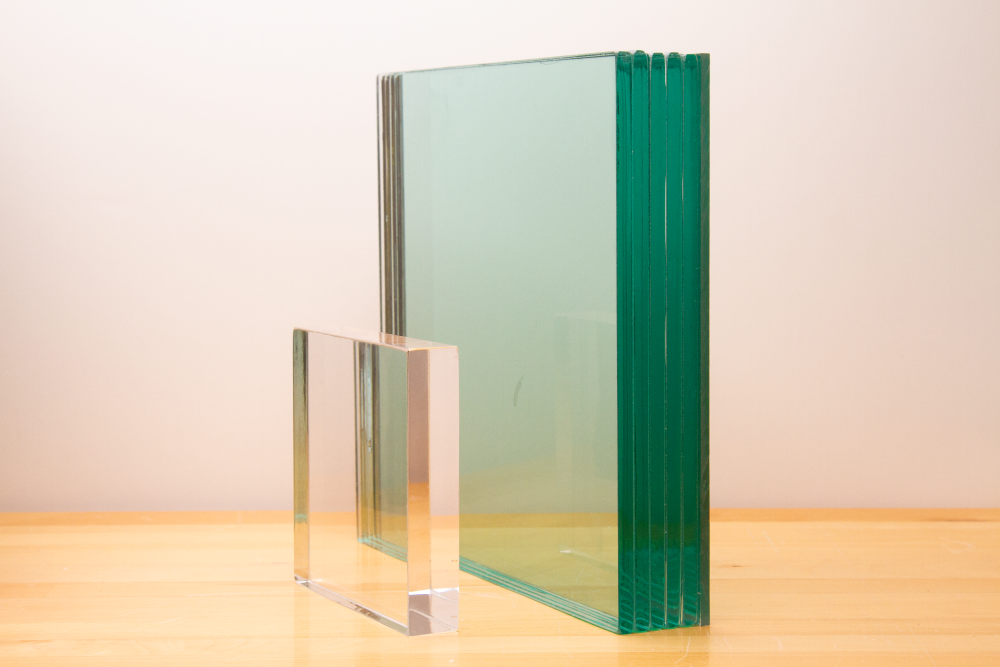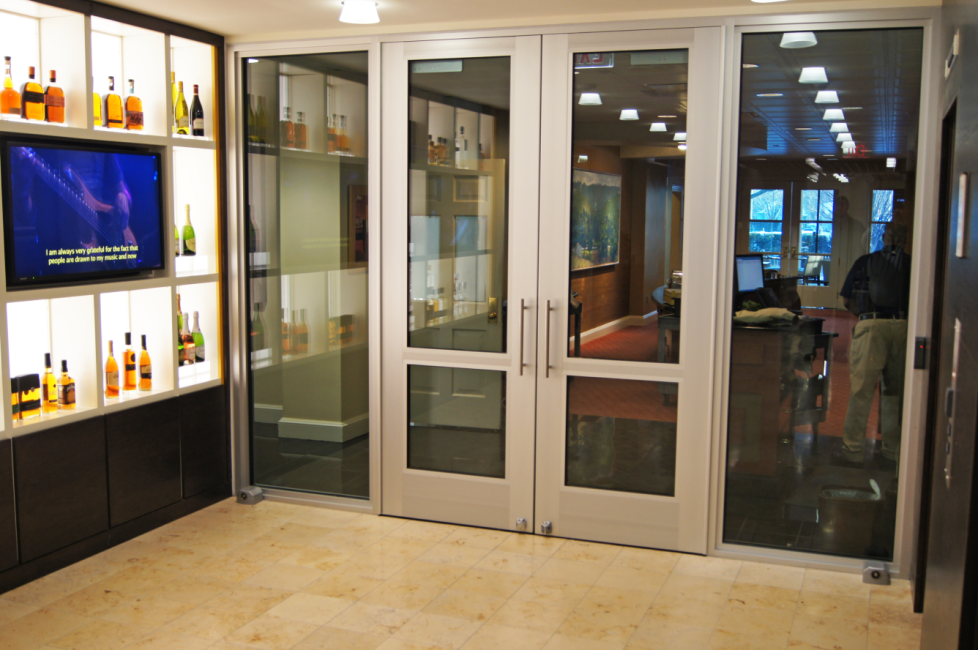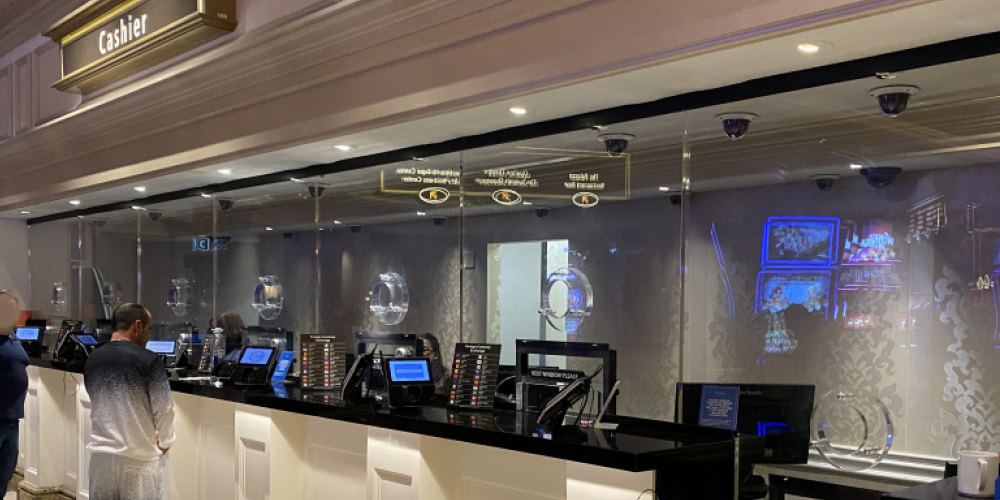As the need for physical security increases, more companies than ever are turning to builders and architects for practical bulletproof solutions. Incorporating access control or a bulletproof teller line can make a space safer, but there are a few factors you must consider for a design to be successful. While projects are never one-size-fits-all, there are a few universal principles that you can implement when designing with ballistic barrier products that can make your project go more smoothly.
Do: Design With the End User in Mind
This might seem like an obvious tip, but bear with us. Bulletproof systems should blend seamlessly with their environment, which means designers must make sure things are functional and convenient. Can people hear each other through the transaction window? Are they able to quickly and easily pass items back and forth? Don’t forget about the context your designs will be placed in. Will the bulletproof barrier obstruct the HVAC system? If the bulletproof barrier fits perfectly in the space, but doesn’t account for unseen forces like airflow, it could result in broiling workers and freezing lobby. Considering the end user and their needs helps you avoid this common pitfall.
Don’t: Over-Design
Unless you’re designing a bunker, it’s usually not practical to reinforce every possible window, door, and counter. In fact, the TSS security engineers advise against it. Extensive bulletproofing is expensive, structurally difficult, and doesn’t provide meaningful protection for the level of threat. In other words, you risk wasting a lot of time and money on ballistic barrier products you don’t necessarily need.
Instead, plan a ballistic barrier that follows physical security best practices and addresses specific concerns. For instance, when the Archdiocese of Philadelphia approached TSS about installing a ballistic system in their schools, they initially were interested in the highest level of protection. It makes sense; who wouldn’t go to great lengths to protect children? However, ballistic glass at a high UL level would be cumbersome, heavy, and not suitable for their space. Additionally, most schools only require a level 3 barrier. TSS collaborated with the Archdiocese and their design agency to create bulletproof barriers for their 15 high school locations. Each design was customized for the school buildings’ unique style. When you enter the Archdiocese schools today, visitor management is seamless, aesthetically pleasing, and effective. (We wrote a case study about working with the Archdiocese of Philadelphia, if you’re interested in learning more.)
Do: Understand Rating Levels and Which Is Appropriate for Your Project
We primarily work with UL glazing levels 1-8; as the level number increases, so does the glazing’s ability to withstand ballistic assault. These levels are based on the Underwriters Laboratories 752 standard—the gold standard for the ballistics industry.
The first three levels are typically suitable for schools, retail, banks, gas stations, utilities, and places of worship. Levels 4 through 8 are commonly used for military or government projects. We base these recommendations on our experience, industry data, and practicality. However, we might make a different recommendation based on the unique situation. For example, we just installed level 6 glass in an investment firm.
So why not choose the highest rating, no matter what the application? Level 8 glass weighs roughly 30 pounds per square foot and is 2.5” thick. Supporting that kind of ballistic barrier product requires specialized reinforced frames, walls, and counters—basically everything the glazing touches. Additionally, the material is incredibly difficult to work with. Installing high-level glazing requires a highly-trained team and special requirements. All these factors add up, and you could be looking at a $50,000 system. Why spend the extra money, time, and effort on level 8 bulletproof glass when level 3 will offer sufficient protection?

There are always exceptions, which we are happy to discuss if you have questions about what level is right for you.
Don’t: Ignore Structural Realities of Working With Ballistic Barrier Products
As we just outlined, bulletproof glass is thicker and heavier than standard glass. It often has a special finish that is easy to damage if you’re not being careful. And unless you create thoughtful designs, it won’t blend seamlessly with your space. Ignoring these realities could lead to not only stress and difficulty, but wasted money as well.
When you’re designing with ballistic barrier products, make sure you take these important factors into consideration. If you’re new to the world of ballistics or would simply like to make sure you’re following best practices, don’t hesitate to reach out to the TSS team. We’re happy to help walk you through the process and catch any potential errors before they occur.

Do: Consult an Expert for Complex Bulletproofing Projects
We get it—bulletproof barrier design projects require a totally different mindset compared to typical glass. Whether this is your first ballistic project or your fiftieth, our team of product experts and engineers are ready to help you design a solution that provides both security and aesthetics. To learn more or speak to a representative, please don’t hesitate to contact us. We look forward to speaking with you!


